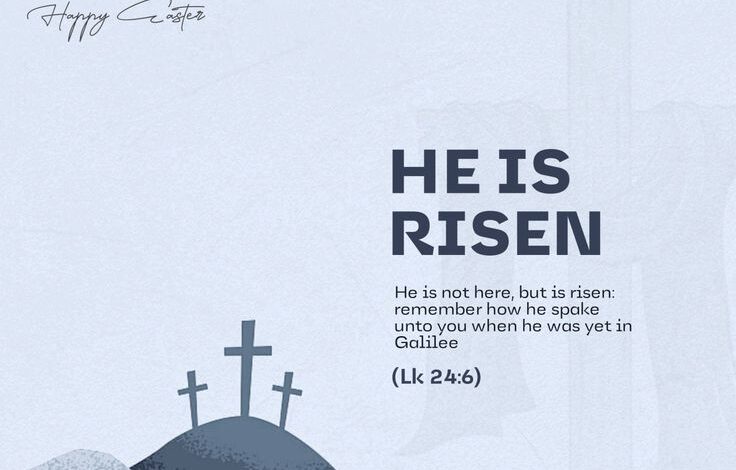Easter Holidays: Helping Your Children Understand
As we go into the Easter holidays, we are all preparing to observe this significant time in various ways. For many, it is not only a period marked by the


As we go into the Easter holidays, we are all preparing to observe this significant time in various ways. For many, it is not only a period marked by the end of Lent but also a season filled with meaningful traditions and the joy of spring’s arrival. However, beyond the fun, egg hunts and chocolate bunnies lie a profound opportunity to connect with our children on a deeper level. Easter offers parents a unique chance to teach our young ones about the essence of this time, what each day represents, and why we observe it, all while forging lasting memories together.
More Than Just a Holiday
Easter, at its core, is a celebration of renewal, hope, and life. It’s rooted in Christian traditions, commemorating the resurrection of Jesus Christ, symbolizing the eternal life promised to all who believe in Him. This central theme of rebirth and redemption can be a powerful message to share with our children, teaching them about the values of faith, hope, love, and the importance of new beginnings.
- Storytelling Sessions: Allocate time to read the Easter story together. Choose a children’s Bible or storybook that illustrates the events of Holy Week in an age-appropriate manner. Discuss the significance of each day, from Palm Sunday’s message of triumph to Easter Sunday’s celebration of resurrection, encouraging questions and reflections.
- Creative Crafts: Engage in crafts that symbolize elements of the Easter story. For example, creating cross decorations can open up discussions about sacrifice and love. Planting flowers or a small garden can be a beautiful way to teach about new life and growth.
- Baking Together: Baking bread or cookies, especially recipes passed down through generations, can be a sensory-rich way to connect with the themes of nourishment and togetherness that Easter embodies.
- Volunteering as a Family: Easter is a time of giving and compassion. Volunteering at local shelters or participating in community service projects can teach children the importance of helping others and the impact of kindness.
Taking the time to explain what each day of Holy Week represents can provide children with a deeper understanding of Easter:
Palm Sunday: Marks Jesus’ triumphant entry into Jerusalem, welcomed with palm branches.
Maundy Thursday: Commemorates the Last Supper, focusing on themes of service and sacrifice.
Good Friday: A solemn day remembering the crucifixion of Jesus, teaching about suffering, forgiveness, and redemption.
Easter Sunday: Celebrates the resurrection of Jesus, offering messages of hope, joy, and new life.
In explaining why we observe Easter, we can impart to our children the values of faith, resilience, and the beauty of starting anew. It’s a time to reflect on the profound aspects of human existence — love, sacrifice, and the promise of renewal. By observing Easter, we connect with a story that transcends time, one that can inspire us to live our lives with purpose and compassion.
The Easter holidays offer a perfect backdrop to spend quality time with our children, teaching them about the deep meanings embedded in this time of year. It’s an opportunity not just to educate them about a historical and spiritual event but to instill values that can guide them through life. By embracing the essence of Easter, we open doors to conversations about faith, hope, and the importance of community, making this holiday a profound time for connection and learning. Let’s make this Easter a truly enriching experience for our families, one that leaves lasting imprints on the hearts and minds of our children.





